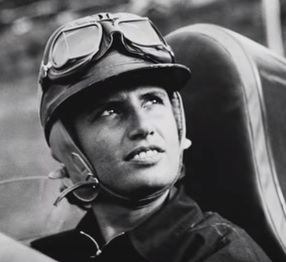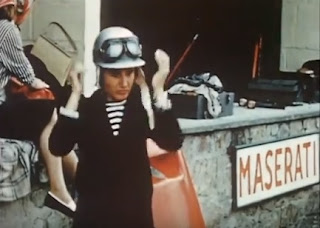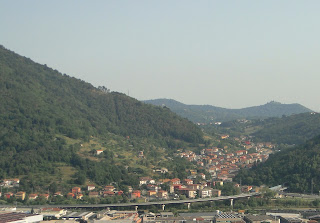Only woman to win points in Formula One
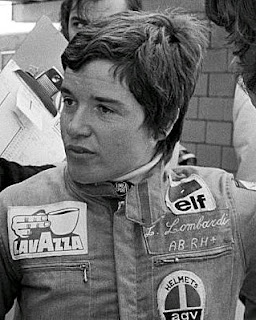 |
| Lella Lombardi is one of only two women to start a world championship race in the history of F1 |
She finished out of the points in 11 of the 12 world championship rounds which she started between 1974 and 1976 but finished sixth in the 1975 Spanish Grand Prix, a race marred by the tragic deaths of five spectators after the car being driven by the German driver Rolf Stommelen went out of control and somersaulted over a barrier into the crowd.
His was the eighth car to crash in the first 25 of the 75 laps and the race was halted four laps later when it became known there had been fatalities. At that moment, Lombardi’s March-Ford was in sixth position, albeit two laps between race leader Jochen Mass.
The points were awarded on the basis of positions when the race was stopped. In normal circumstances, a sixth-place finish would have been worth one point but because less than three-quarters of the race had been completed the points were halved, thus Lombardi was awarded half a point.
Her next best performance was to finish seventh in the German Grand Prix at the Nurburgring later in the same season.
 |
| Lella Lombardi at the wheel of the March 751 in which she finished sixth at the 1975 Spanish Grand Prix |
Little detail is known about the origins of Lombardi’s fascination with cars and speed, although it is thought she learned to drive in order to help her father, a butcher, with deliveries. The family did not own a car.
A friend is said to have introduced her to racing, inviting her to be co-driver in rally events. She drove Alfa Romeo and BMW sports cars in club events and graduated to Formula Monza when she raised enough money to buy her own car, which she maintained herself.
Over the next decade, she raced in Formula Monza, Formula 3, Formula 850 and Formula 5000, winning the Formula Monza title in 1970, having been runner-up in the Formula 3 championship in 1968 behind her compatriot, Franco Bernabei.
She entered an F1 race - the British Grand Prix - for the first time in 1974 in an ageing Brabham but failed to qualify. That winter, however, she met Italian nobleman Count Vittorio Zanon, a well known motor racing enthusiast, and he paid for her to race in the 1975 season in a March 741 previously driven by the Italian driver Vittorio Brambilla.
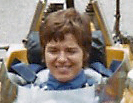 |
| Lombardi at the wheel |
Although she was a standard bearer for women behind the wheel, Lombardi never had the car to be really competitive in F1 and decided at the end of the 1976 season to refocus on the sports car classes in which she had enjoyed success previously.
Her best season was in 1979 when she won the Six Hours of Pergusa and the Six Hours of Vallelunga. She also competed four times at the 24 hours of Le Mans, for which her co-driver in 1980 was Mark Thatcher, son of the British prime minister Margaret.
Lombardi continued to compete until the late 1980s, when she began to struggle with her health. She gave up driving and formed Lombardi Autosport, a touring car team running Alfas, but it was not long afterwards that she was diagnosed with breast cancer, from which she died in 1992 at the age of only 50.
 |
| The church of San Felice in Frugarolo |
Lombardi’s home village of Frugarolo, which has a population of just under 2,000, is little more than 10km (6 miles) southeast of Alessandria, in the direction of Genoa. It has a Romanesque church, the parish church of San Felice, which has an incongruously new bell tower because the original collapsed.
Hotels in Alessandria by Booking.com
Travel tip:
The historic city of Alessandria became part of French territory after the army of Napoleon defeated the Austrians at the Battle of Marengo in 1800. It was ruled by the Kingdom of Sardinia for many years and is notable for the Cittadella di Alessandria, a star-shaped fort and citadel built in the 18th century, which today it is one of the best preserved fortifications of that era.
Travel tip:
The historic city of Alessandria became part of French territory after the army of Napoleon defeated the Austrians at the Battle of Marengo in 1800. It was ruled by the Kingdom of Sardinia for many years and is notable for the Cittadella di Alessandria, a star-shaped fort and citadel built in the 18th century, which today it is one of the best preserved fortifications of that era.
More reading:
How Maria Teresa de Filippis became the first woman to drive in F1
Michele Alboreto - Italian F1's nearly man
Triumphs and tragedy: the story of Alberto Ascari
Also on this day:
1881: The birth of legendary fashion designer Guccio Gucci
1958: The birth of Formula One's 'last gentleman racer' Elio de Angelis
Home
How Maria Teresa de Filippis became the first woman to drive in F1
Michele Alboreto - Italian F1's nearly man
Triumphs and tragedy: the story of Alberto Ascari
Also on this day:
1881: The birth of legendary fashion designer Guccio Gucci
1958: The birth of Formula One's 'last gentleman racer' Elio de Angelis
Home
